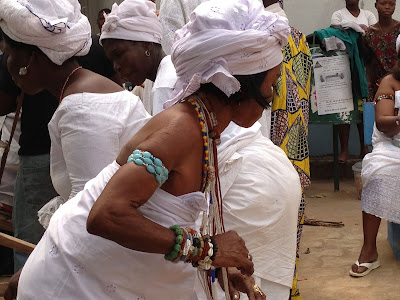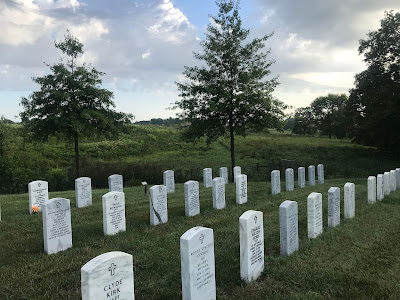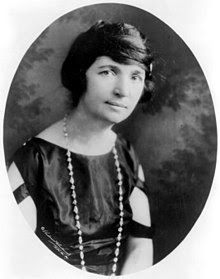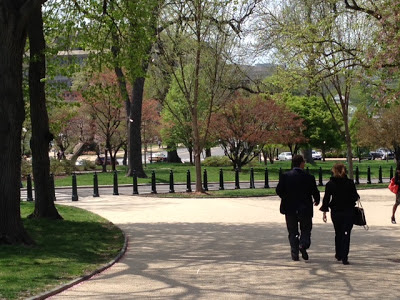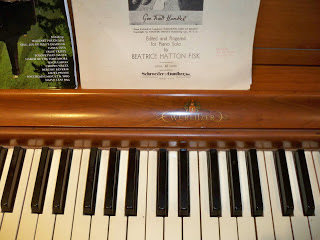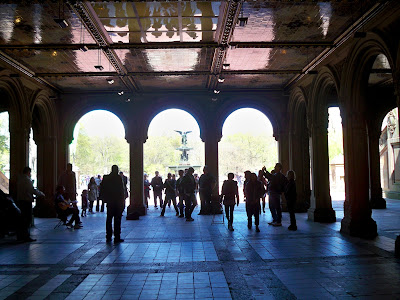Dancing in the Streets
I read this morning of the return of 26 pieces of history from France to Benin. The return was celebrated with dancing and singing and general merriment. There were thrones, statues and other artifacts, all taken by France from what was then its colony of Dahomey, all of them finally home after more than a century of exile.
Since some of my family hail from Benin, this is big news. And since I’ve been to that wonderful country, I have a small sense of what it must have been like to see the big truck pull up, the decorated horses and riders escorting it to the presidential palace, the jubilation of the people.
There are plenty more looted treasures to be returned, and it sounds as if Benin is fighting for those, too. But for now, for one small country tucked between the Sahel and the sea, there is dancing in the streets.
(At the Voodoo Festival in Benin, January 2015)
